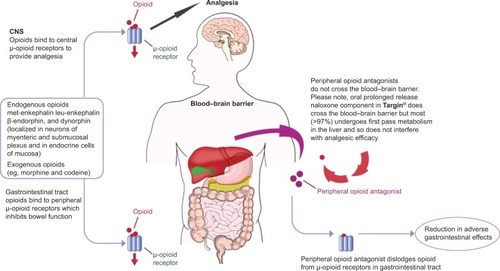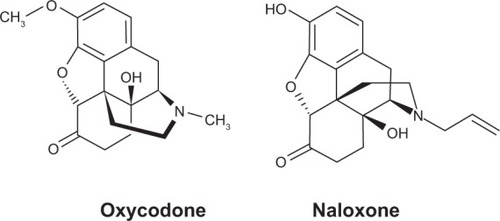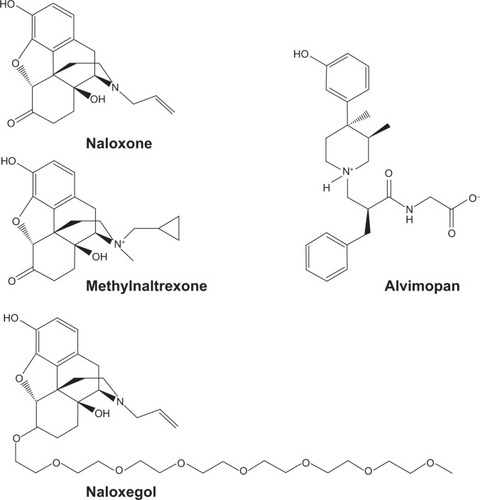Figures & data
Table 1 Pharmacological mechanisms and clinical symptoms of opioid-induced bowel dysfunction
Table 2 The Bowel Function Index (BFI)
Table 3 Patient assessment of constipation symptom questionnaire (PAC-SYM)
Table 4 Patient assessment of constipation quality of life questionnaire (PAC-QOL)
Table 5 Pharmacological management of opioid-induced bowel dysfunction
Figure 2 Mechanisms of action of opioid agonist/antagonist combinations to counteract opioid-induced bowel dysfunction development.

Table 6 Mechanisms of action of purely peripherally acting µ-opioid receptor antagonists (PAMORA)


